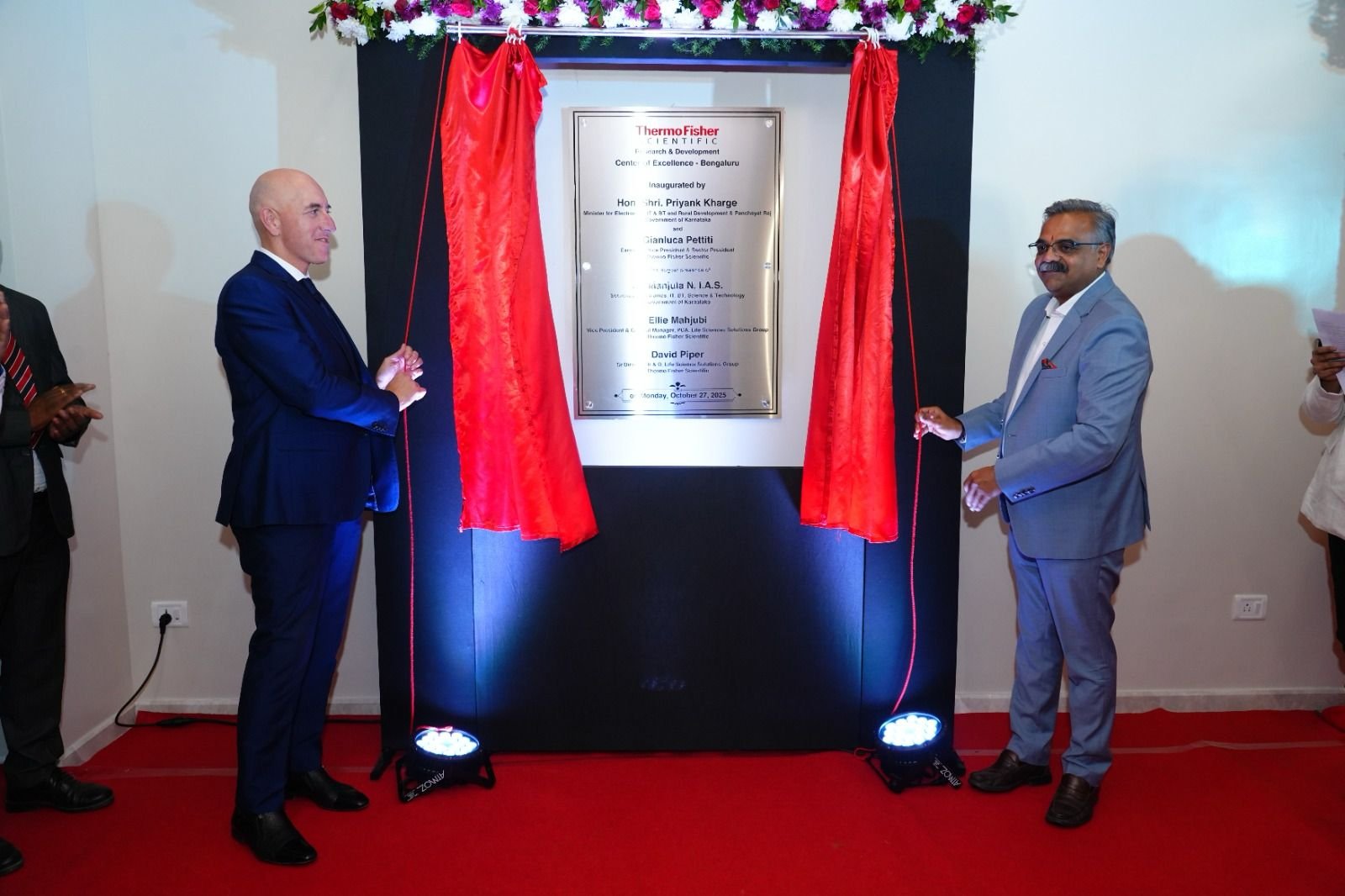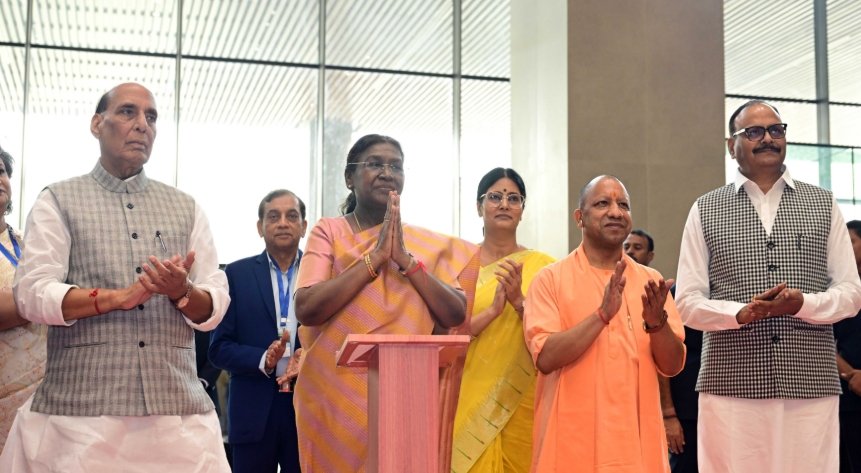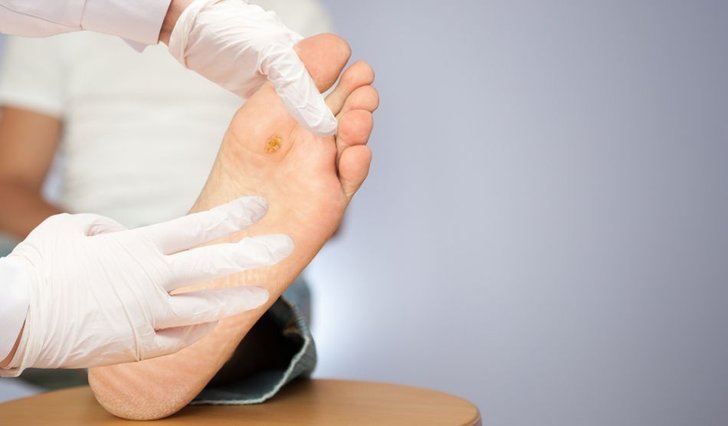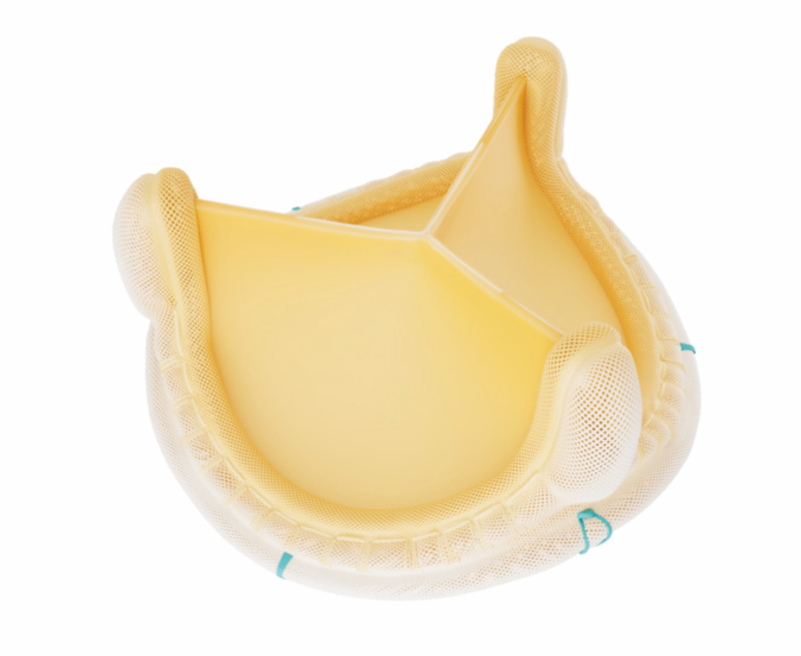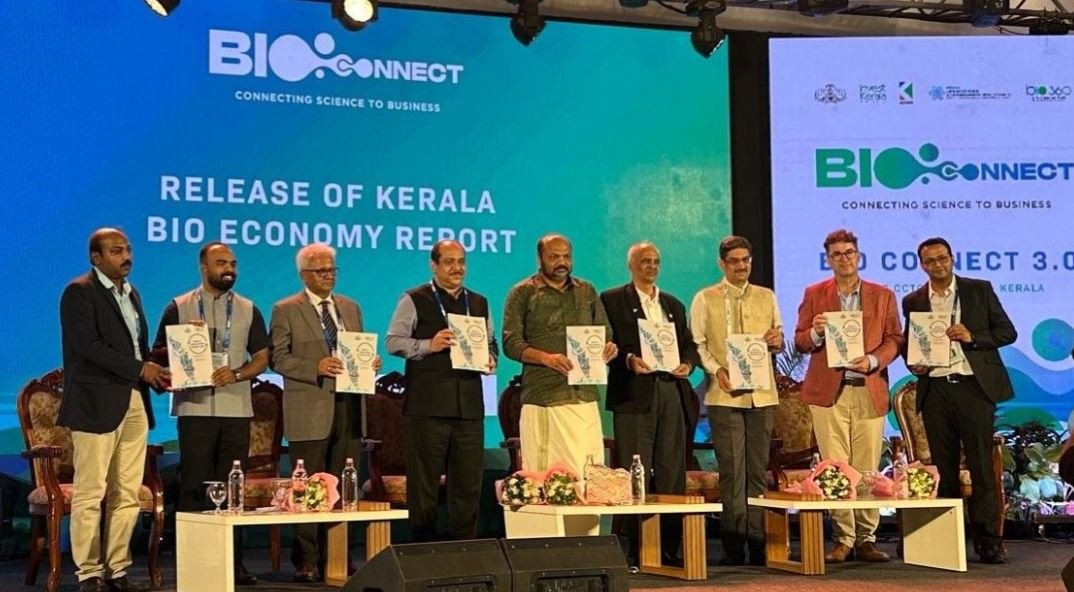Indian biosimilars market set to clock $2 bn by 2015
January 04, 2011 | Tuesday | News

Robust economic growth
figures and increasing income levels may soon elevate India's position
in the global biosimilars market amongst the emerging economies by
2015. Commenting on the biosimilars market growth, Mr Hareesh
Parandhaman, head of business development - Biotechnology, Lupin
Pharmaceuticals, said, “Indian biosimilars market is set to grow at 20
percent by 2015 at par with the global growth rate. The global market
for biosimilars is worth $120 billion and emerging markets contribute
18 percent of it. Indian biosimilars market is estimated to register $2
billion by 2015.�
It is noteworthy that the Indian pharmaceutical exports have been
consistently growing. So far, the market share of India in biosimilars
space has been negligible, opines the industry experts at the CPhI
India Conference Series 2010 held in Mumbai.
The US and EU will undoubtedly be the high growth markets for India.
Sales of biologics in the US were $50 billion while sales in the EU
were $26.1 billion in 2009. Also, in the coming years, oncology,
rheumatoid arthritis (RA) and diabetes will prove to be lucrative
therapeutic segments for Indian biosimilar players, with the rise of
these diseases, globally. For oncology, growth will be in areas such as
colon and breast cancer in the light of the increasing rise of
prescriptions in the US.
“India is the diabetes capital of the world followed by China. In the
coming years, diabetes will not be an option but a pre-requisite if
Indian players need to succeed in the market,� said Mr Parandhaman.
Hence, as far as partnerships are concerned, Indian biosimilar players
should choose partners who have a strong presence in either one or all
of these therapeutic areas.
Throwing light on some of the challenges, Mr KV Subramaniam, president
and CEO, Reliance Life Sciences, said, “One of the main reasons why the
biosimilars market is growing slowly is because of the issues related
to affordability. Another reason is the high costs of investments
required in clinical research and development. Investments for setting
up an infrastructure is also huge.�
Experts unanimously observed that soon after the establishment of the
US pathway for biosimilars (somewhere between 2013 and 2015), Indian
players can see huge business in the space. Some of the Indian
biosimilars players in India include, Biocon, Dr Reddy's Labs, Intas
Biopharmaceuticals, Reliance Life Sciences, Lupin Pharma, Cipla and
Wockhardt.
Another lucrative arena for biotech players is the biobetters space.
Biosimilar is a drug which is almost similar to its innovator product;
a biobetter, on the other hand, is a drug which is the same class as
that of the originator biopharmaceutical drug but has superior
characteristics and advantages over its innovator. Despite the
intensive clinical trials required for these class of drugs, experts
equate biobetters with low risk, primarily because of improved safety
and efficacy. Its therapeutic and commercial success has already been
demonstrated in its innovator product, reducing chances of failure.
Mr Morgan Morris, director of Cell Culture and Product Management at
Millipore, said, “If companies are looking at biobetters as a good
source of investment then they ought to see that they have a right team
in place, a full regulatory approval and timeline for development
should be short.� He also added that if biobetter was just another way
of getting around the intellectual property (IP), then the strategy
would not be sustainable for long.�
Medical equipment market to register
$2 bn by 2015
 India Semiconductor
Association (ISA), the apex trade body representing the Indian
semiconductor and electronics industry, has released a sector report on
the opportunities in the Indian medical electronics field. The report
was released by Dr Devi Prasad Shetty, chairman and managing director,
Narayana Hrudayalaya; Dr Bobby Mitra, chairman of ISA; Ms Poornima
Shenoy president of ISA; and Mr Vivek Sharma convener of the ISA
Medical Electronics Segment were also present.
India Semiconductor
Association (ISA), the apex trade body representing the Indian
semiconductor and electronics industry, has released a sector report on
the opportunities in the Indian medical electronics field. The report
was released by Dr Devi Prasad Shetty, chairman and managing director,
Narayana Hrudayalaya; Dr Bobby Mitra, chairman of ISA; Ms Poornima
Shenoy president of ISA; and Mr Vivek Sharma convener of the ISA
Medical Electronics Segment were also present.
According to the report, medical electronics market is valued at $853
mn and the Indian healthcare market is valued at $66.46 bn. The growth
of Indian medical electronics market is driven by key factors such as:
changing demographics and age profile that is prone to spend more on
healthcare; rise of lifestyle diseases and the need for their
diagnosis; the need to fill the gap in healthcare infrastructure
through public-private partnership; growth in medical tourism to
address international needs; entry of corporate into the healthcare
arena; and increase in healthcare spend due to increase in health
insurance.
Usage of semiconductors is critical from power supply to display in
medical equipment. This includes medical imaging, patient monitoring
systems, digital hearing aids and infusion pumps, to name a few.
Medical equipment market is estimated to grow at a CAGR of 17 percent
in the next five years to register $2.07 bn. The domestic market for
medical equipment currently stands at $820 mn. Annually, medical
equipments worth $520 mn is manufactured in India, out of which
equipments worth $75 mn are exported. The growth of medical equipment
market is directly proportionate to growth of healthcare delivery which
stood at $45.36 bn in 2009.
Siemens, Wipro GE and Philips are the leaders in the space with 18
percent, 17 percent and 10 percent market share respectively; however,
45 percent of the market is addressed by smaller, niche domestic
players. The role of a semiconductor components becomes more critical
as the medical equipment devices move towards portable and smaller
medical devices.
Drug discovery market to touch $2.24
bn by 2016
 With growing reliance on
Indian pharma and biotech companies for drug discovery, the future drug
discovery market in India is expected to grow strongly. According to a
report by Research and Markets, the drug discovery market in India was
$650 mn in 2009, representing a compound annual growth rate (CAGR) of
60 percent from 2004; and the market is expected to reach $2.24 bn by
2016.
With growing reliance on
Indian pharma and biotech companies for drug discovery, the future drug
discovery market in India is expected to grow strongly. According to a
report by Research and Markets, the drug discovery market in India was
$650 mn in 2009, representing a compound annual growth rate (CAGR) of
60 percent from 2004; and the market is expected to reach $2.24 bn by
2016.
The major factors driving this growth include: huge cost advantages for
the Western pharma companies of up to 60-70 percent, favorable local
regulatory conditions to promote drug discovery, improved intellectual
property (IP) protection after the introduction of the Trade-Related
Aspects of Intellectual Property Rights (TRIPS), skilled workforce and
Western-equivalent research infrastructure.

The Department of Science and Technology, India leads the government
initiatives for encouraging R&D in the country, which has largely
benefited the healthcare and pharmaceutical industry. The
conceptualization, implementation and monitoring of the majority of the
government initiatives has been handled by the Council of Scientific
& Industrial Research (CSIR), India.
The Department established several bodies like the Drug Development
Promotion Board and the Technology Development Board, in order to
provide funding for research projects across different sectors. These
bodies have entered into collaborations with a number of drug discovery
and development projects with Indian pharmaceutical companies. The
agencies are also collaborating with various national level research
institutes and universities across the country.
Global healthcare spending to cross
$71trillion by 2020
Spending on healthcare among the Organization for Economic Co-operation
and Development (OECD) countries and Brazil, Russia, India and China
(BRIC) nations will grow by 51 percent between 2010 and 2020; amounting
to a cumulative total of more than $71 trillion, according to estimates
from PriceWaterHouseCooper’s (PwC) Health Research Institute. Health
spending in these areas is said to be rising faster than gross domestic
product (GDP), magnifying gaps in budget deficits and spurring
governments, to look to the private sector for ways to get a better
value for taxpayers’ money.
One trend that is emerging globally is the use of public-private
partnerships (PPPs) to finance and manage health infrastructure and
delivery, and, according to PwC, growth in this area could create a
multi-trillion global market opportunity for private companies and
investors, implement a more efficient use of taxpayer dollars, and
offer better quality health systems.
In a new report titled, Build and Beyond: The revolution of healthcare
PPPs, PwC says that public health authorities around the world are
increasingly contracting with private entities to manage healthcare
services for defined populations or markets. These PPPs, which have
largely been used for infrastructure finance, are evolving as way to
slow the rising cost of healthcare and address larger problems in the
health system. PPPs enable public health authorities to maintain
oversight of standards while injecting private sector efficiency,
fiscal discipline, new innovation and investment in efficiencies,
driven by incentives to generate long-term cost savings and improve the
quality of public health, according to PwC.
PwC, which is said to have worked on over 100 health PPPs in 15
countries, sees the market growing substantially over the next five
years, and says that the model has proven to save healthcare costs. For
example, partnerships like Spain’s Alzira project, which includes
hospital and primary care services, have saved government 25 percent of
the cost of providing care, according to project partners interviewed
for the PwC report. Already, competition for private capital has
prompted governments in Europe, Asia, Africa and South East Asia, to
establish PPP agencies that are charged with developing PPP policy
recommendations, streamlining procurement and contracting for services.
Key Highlights:
● By 2020, spending on health infrastructure among the OECD countries
and BRIC nations will increase to $397 billion annually, up from $263
billion today. However, the larger market for health PPPs will be in
non-infrastructure spending, estimated to be more than $7.5 trillion
annually, up from $5 trillion in 2010.
● Between 2010 and 2020, the OECD and BRIC nations will spend
cumulatively $3.6 trillion on health infrastructure and $68.1 trillion
on non-infrastructure health spending.
● Health spending in the US accounts for approximately half of all
health spending among OECD nations, but the biggest growth will be
outside of the US. According to PwC projections, the countries that are
expected to have the highest health spending growth between 2010 and
2020 are China, where health spending is expected to increase by 166
percent, and India, which will see a 140 percent increase.
● Among OECD countries, health spending as a percent of GDP will
increase to 14.4 percent by 2020, up from 9.9 percent in 2010. Among
BRIC nations, health spending as a percent of GDP is expected to
increase to 6.2 percent in 2020, up from 5.4 percent in 2010 as their
economies grow and they build out their health systems. In actual
spending, this amounts to a 117 percent increase in spending over the
decade, with China leading the way in spending increases.


 Robust economic growth
figures and increasing income levels may soon elevate India's position
in the global biosimilars market amongst the emerging economies by
2015. Commenting on the biosimilars market growth, Mr Hareesh
Parandhaman, head of business development - Biotechnology, Lupin
Pharmaceuticals, said, “Indian biosimilars market is set to grow at 20
percent by 2015 at par with the global growth rate. The global market
for biosimilars is worth $120 billion and emerging markets contribute
18 percent of it. Indian biosimilars market is estimated to register $2
billion by 2015.�
Robust economic growth
figures and increasing income levels may soon elevate India's position
in the global biosimilars market amongst the emerging economies by
2015. Commenting on the biosimilars market growth, Mr Hareesh
Parandhaman, head of business development - Biotechnology, Lupin
Pharmaceuticals, said, “Indian biosimilars market is set to grow at 20
percent by 2015 at par with the global growth rate. The global market
for biosimilars is worth $120 billion and emerging markets contribute
18 percent of it. Indian biosimilars market is estimated to register $2
billion by 2015.� 
 India Semiconductor
Association (ISA), the apex trade body representing the Indian
semiconductor and electronics industry, has released a sector report on
the opportunities in the Indian medical electronics field. The report
was released by Dr Devi Prasad Shetty, chairman and managing director,
Narayana Hrudayalaya; Dr Bobby Mitra, chairman of ISA; Ms Poornima
Shenoy president of ISA; and Mr Vivek Sharma convener of the ISA
Medical Electronics Segment were also present.
India Semiconductor
Association (ISA), the apex trade body representing the Indian
semiconductor and electronics industry, has released a sector report on
the opportunities in the Indian medical electronics field. The report
was released by Dr Devi Prasad Shetty, chairman and managing director,
Narayana Hrudayalaya; Dr Bobby Mitra, chairman of ISA; Ms Poornima
Shenoy president of ISA; and Mr Vivek Sharma convener of the ISA
Medical Electronics Segment were also present. With growing reliance on
Indian pharma and biotech companies for drug discovery, the future drug
discovery market in India is expected to grow strongly. According to a
report by Research and Markets, the drug discovery market in India was
$650 mn in 2009, representing a compound annual growth rate (CAGR) of
60 percent from 2004; and the market is expected to reach $2.24 bn by
2016.
With growing reliance on
Indian pharma and biotech companies for drug discovery, the future drug
discovery market in India is expected to grow strongly. According to a
report by Research and Markets, the drug discovery market in India was
$650 mn in 2009, representing a compound annual growth rate (CAGR) of
60 percent from 2004; and the market is expected to reach $2.24 bn by
2016. 